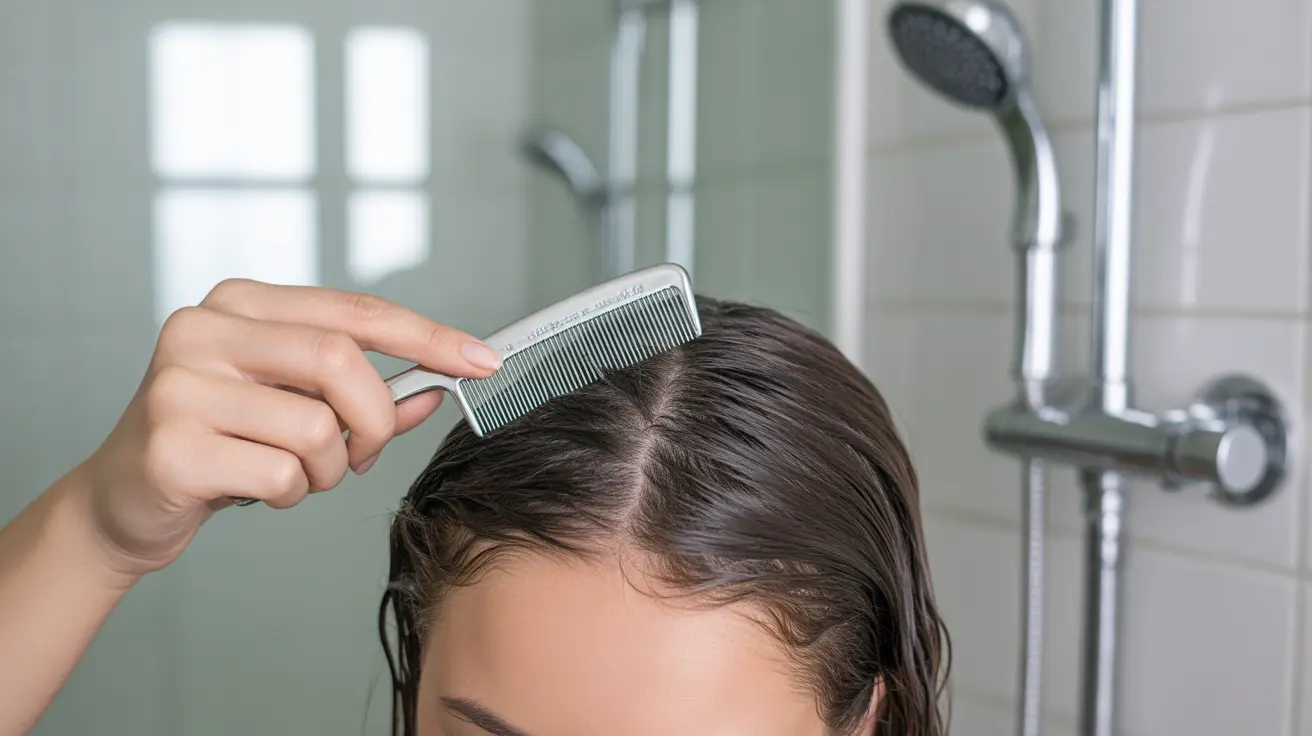Dealing with head lice can be frustrating, but using the right tools and techniques can make all the difference in effectively eliminating these persistent parasites. Understanding how to properly use a lice comb and identify nits (lice eggs) is crucial for successful treatment and prevention of reinfestation.
In this comprehensive guide, we'll explore everything you need to know about using lice combs effectively, including choosing the right type of comb, proper techniques for nit removal, and strategies for preventing future infestations.
Choosing the Right Lice Comb
The type of lice comb you select can significantly impact your success in removing both live lice and their eggs. Metal combs with micro-grooved teeth are generally considered superior to plastic alternatives for several reasons:
- Stronger and more durable construction
- Finer spacing between teeth
- Better ability to grip and remove nits
- Less likely to break during use
- More effective at detecting and removing adult lice
Essential Features of an Effective Lice Comb
When selecting a lice comb, look for these important characteristics:
- Teeth spacing of 0.2-0.3 mm
- Smooth, rounded teeth to prevent scalp irritation
- Sturdy construction that won't bend or break
- Comfortable handle for extended use
- Easy-to-clean design
Proper Technique for Nit Removal
Successful nit removal requires a methodical approach and the right conditions. Here's how to maximize your effectiveness:
Preparing the Hair
Before using your lice comb, properly prepare the hair by:
- Washing with regular shampoo
- Applying conditioner to wet hair
- Detangling with a regular comb
- Sectioning hair into manageable portions
Systematic Combing Process
Follow these steps for thorough nit removal:
- Start at the scalp and work outward
- Use small, overlapping sections
- Wipe the comb on white paper towel after each stroke
- Check the comb for nits after every pass
- Pay special attention to behind ears and neckline
Treatment Schedule and Monitoring
Consistency is key when treating head lice. Establish a regular combing schedule:
- Daily combing for the first week
- Every other day for the second week
- Weekly checks for three weeks after treatment
- Regular preventive checks thereafter
Prevention and Maintenance
After successful treatment, maintain vigilance to prevent reinfestation:
- Regularly inspect family members
- Clean combs and brushes thoroughly
- Wash bedding and clothing in hot water
- Store non-washable items in sealed plastic bags
- Vacuum areas where heads have made contact
Frequently Asked Questions
How effective are metal lice combs compared to plastic ones in removing nits? Metal lice combs are significantly more effective than plastic combs. Their rigid construction and precisely spaced teeth can remove up to 95% of nits, while plastic combs typically remove only 60-70% of nits.
What are the best practices for using a lice comb to remove nits from hair, especially on wet hair? Apply conditioner to wet hair, section it carefully, and comb from scalp to tip using parallel, overlapping strokes. Clean the comb between each stroke and work under good lighting to ensure thorough removal.
What is the recommended frequency and duration of combing to ensure complete removal of lice and nits? Comb daily for the first week, then every other day for the second week. Each session should take 15-30 minutes, depending on hair length and thickness. Continue weekly checks for three weeks after treatment.
How do I prevent lice reinfestation after using a lice comb, and what are the signs of successful treatment? Prevent reinfestation by washing all bedding and clothing in hot water, sealing non-washable items for two weeks, and continuing regular head checks. Success is indicated by no live lice found during two consecutive weekly checks.
What are the benefits and limitations of using lice combs versus medicinal treatments for head lice? Lice combs are chemical-free, prevent resistance development, and can be more effective than medications when used properly. However, they require more time and effort than medicinal treatments and may be challenging with very thick or curly hair.




